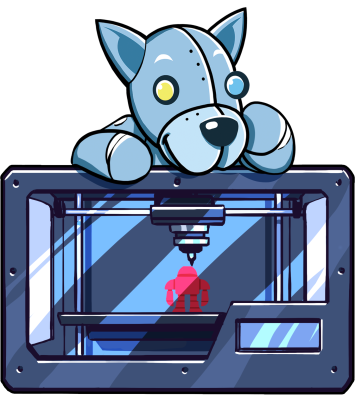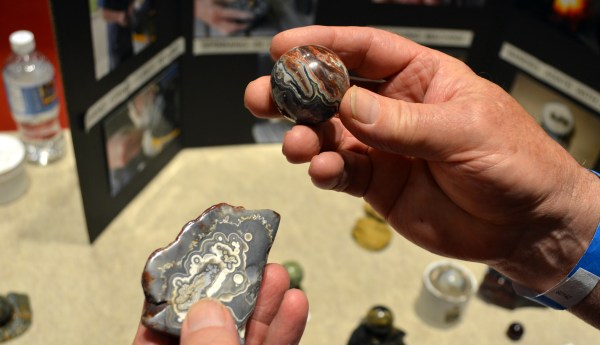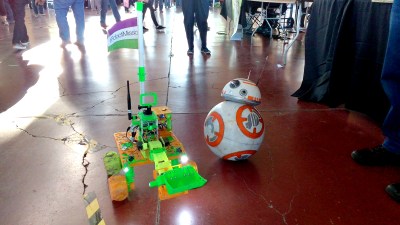This is a busy, busy week for Tindie and Hackaday. We’re going to New York, and we have a ton of events planned.
First up is the monthly Hackaday meetup. This time, we’re teaming up with Kickstarter for a pre-Maker Faire Meetup. We’ll be hosting this at Kickstarter’s HQ, and already we have an impressive line of speakers set up to talk about Assistive Technology. These speakers include:
- Anita Perr and R. Luke Dubois from the NYU Ability Project
- Andrew Chepaitis from ELIA Life Technology
Also on deck for the for the Hackaday x Kickstarter meetup are live demos from WearWorks, who are developing the WAYBAND, a haptic navigation device and from Elia Frames, a tactile reading system.
 The Hackaday x Kickstarter meetup will be Thursday, September 21st, starting at 6:30pm. Here’s the link to RSVP.
The Hackaday x Kickstarter meetup will be Thursday, September 21st, starting at 6:30pm. Here’s the link to RSVP.
This weekend is also World Maker Faire New York and Tindie will be out in force showcasing all the wonderful bits and bobs developed by the Tindie community.
On deck will be [Jasmine] and [Brandon] from Tindie, and of course we’re inviting Tindie sellers to drop by the booth throughout the weekend and showcase their wares.
Also on deck for the World Maker Faire will be [Shulie], [Shayna] and myself. We’ll be tossing brand new Tindie stickers into the audience and giving out Tindie Blinky Badges. If you’ve ever wanted to show your enthusiasm for DIY hardware, now you can with an electronic blinky lapel pin. Solder it up and listen to Benchoff rationalize why it doesn’t need a current limiting resistor! Such fun!




















